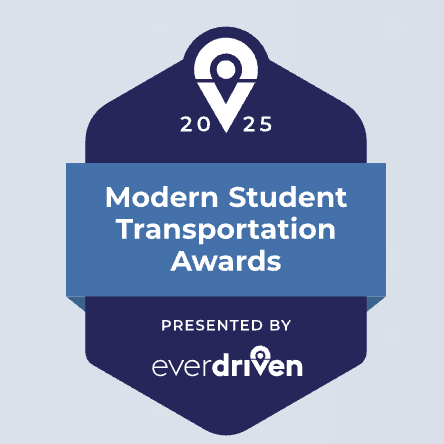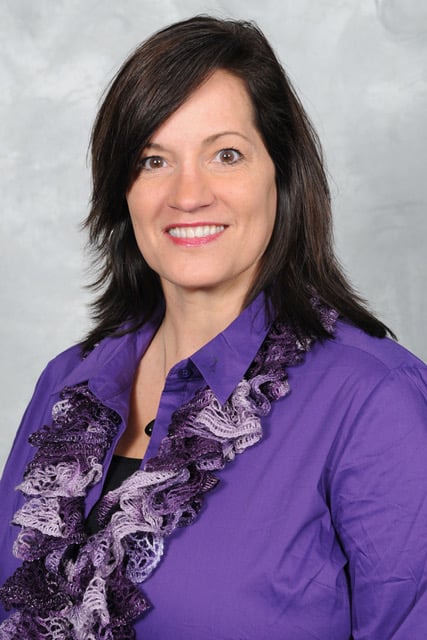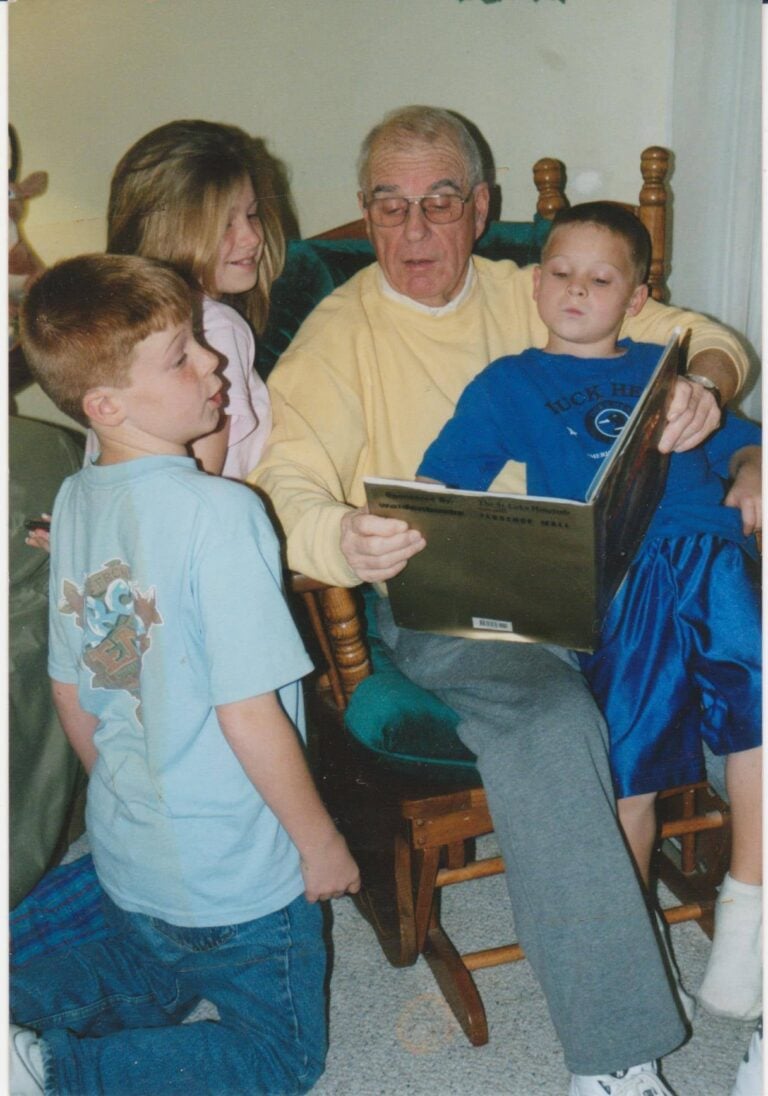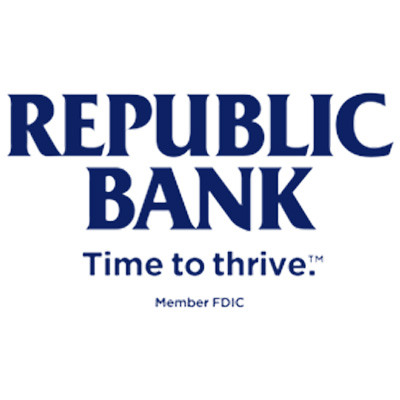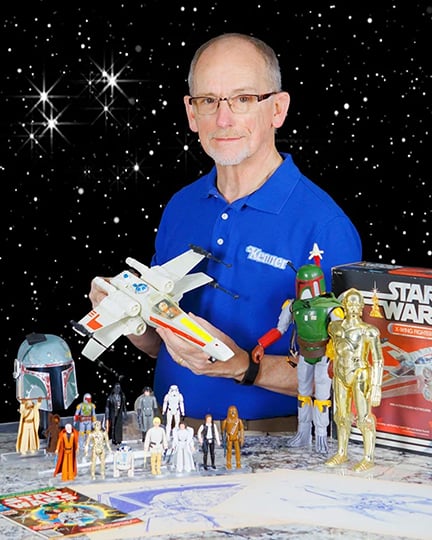By Phillip A. Morgan
Special to NKyTribune
Australia is a long way from the USA both objectively (30+ hour journey including a typical 16 hour trans Pacific flight) and metaphorically (who knows what has happened there in 2017?) BUT the smallest continent/biggest island in the world is simply magical.
The Australian mainland is similar in size to the 48 contiguous states but with a population of only 24 million. Further, 80% of its population live in the “Boomerang Coast” (named from its unique shape) but which comprises only 5% of the total land mass making the country one of the most urbanised in the world – contrary to the popular view generated by supposed Australian restaurants in the USA!! It is true that 80% of the land mass is arid.

Capt. Cook did land in Australia in 1770 but was preceded by Portuguese and Dutch explorers and – of course – the Indigenous Australians (Aborigines) who arrived more than 50,000 years before! The First Fleet arrived from England with its cargo of convicts in Botany Bay in 1788 and experienced a tough “arrival” – now memorised by the very good wine range named “19 Crimes” to recall the various reasons one might face deportation. However nothing compares to the impact on the true locals who were ravaged by European disease and pure racism. Their population crashed from over 300,000 to ca. 70,000 though they have now recovered to ca. 600,000 or 2.5% of the current population.
The Indigenous people were divided into about 250 nations and subclans with different languages. They were/are hunter-gatherers bonded to other animals, plants and the land since “Dreamtime” (Creation). There are strong parallels between Indigenous Australians and Native Americans. It was only as recent as 2010 that Ken Wyatt was the first person of Aboriginal descent elected to the Parliament. Rock art has been traced to 30,000 years ago making it the oldest continuous art form in the world. I personally experienced an “Aboriginal nature walk” and was blown away with the guide’s ability to almost ‘sense’ every single plant/creature we encountered.
Friendly, open-minded people
The Modern Aussie I found to be very friendly, open-minded, and confident but so relaxed (“No worries, mate”!). The society is very organized (amazing public transportation across vast distances), prosperous and comfortable. The country is very aware of all things global and values diversity, increasingly the role of Asia which has replaced Europe as key trading partners. Today’s Aussie may think about the Outback but feels greater kinship with the Beach, the Barbie and Sport where the national teams ‘punch above their weight’ i.e. win more medals than a small population ‘deserves.’

A short weekend visit to Australian ‘friends of friends’ gave great insight in a very short time span. My wife and I were invited to visit a couple in Hunter’s Valley a famous wine region about a two-hour drive north of Sydney. We arrived very late but were greeted so, so warmly and treated to a wonderful candlelit gourmet dinner with excellent and varied wines until the early hours of the morning. After a sound sleep in the quiet of the “bush’ (too close to a city to be outback!) we were awoken by the most amazing cacophony of unfamiliar bird sounds. After another excellent cooked breakfast we were taken on a guided tour which showed strong pride in the region.
We also met their two dalmations which gave further insight to life Down Under. The one was recovering from having been bitten by a red belly black snake and, a week or so after we left, the other needed strong antivenom against a spider bite. As an island Australian evolution followed an unique path: whilst cuddly koalas, kangaroos, wombats exist so do many of the most poisonous snakes in the world. The inland taipan is 50 times more deadly than a cobra. Also funnel web spiders, box jellyfish and blue ringed octopus extend the need for antivenoms to other species! We rapidly understood why our friends’ house had several spades leaning by entrance doors against snake intrusions.
Victorian roots evident in Melbourne
Our tour started in Melbourne which is the capital of one of the six states/territories – Victoria. The states federated only as recently as 1901 to form the new country. When gold was discovered in 1851 Melbourne became the richest city in the world. Its Victorian roots are still very evident in its architecture and city layout. Also it is a centre for jewelry – such as Opal.

The modern city oozes culture but is also a sports capital. It is very cosmopolitan with a cafe society reflecting the outdoor lifestyle. The Victorian layout has led to ‘lanes’ becoming art centres with Hosier Lane showing spectacular ‘graffiti.’ In contrast the best way to see the city is from the modern 88 story/984 ft Eureka Tower – the highest in the southern hemisphere.
Alternatively take the free ’35 Tram’. Melbourne is also a gateway to two magical natural phenomena. The first is The Great Ocean Road a 243 km drive along the southern coast with spectacular scenery culminating in ‘worship’ at the Twelve Apostles created by wave erosion of the sandstone. The other is to see thousands of Fairy Penguins emerge from the sea to go home to their nests at sunset – a superb example of commercial- ecological cooperation at Phillip Island.
Next a flight to the Red Centre – the Uluru/Kata Tjuta National Park that used to be called Ayers Rock/the Olgas in the Northern Territory. Every day hundreds gather to see the 300m monolith’s colours change as the sun rises/sets. It is easy to understand why it is considered sacred as one is stunned with awe. We hiked and took helicopter flights to appreciate the beauty from all angles. The hike around Uluru is 12 km and is best started before dawn to reduce time in the blazing sun: our requested aboriginal guide turned out to be named Antonio and was indigenous to Milan, Italy! We also hiked the Walpa Gorge after the first rain fall in 7 months producing rare spectacular waterfalls. One final must: we attended “The Sounds of Silence” – a gourmet wined dinner featuring western and ‘bush tucker’ meats under the sparkling stars of the desert with the Southern Cross a highlight. The extremes were evident again – didgeridoo music and dance vs. a western astronomer’s guide to the night sky.
A driving adventure
To add adventure we decided to drive – for two full days – to Alice Springs in the centre of the country and a town which played a formative role for the new country. Four-wheel-drive vehicles are so necessary to tackle the red dirt, corrugated ways enhanced by rain! But the sign posting was excellent with warnings of crests, gullies, camels(!), etc. This drive brought home the incredible vastness and emptiness of The Outback…………surprisingly so few creatures – fauna or human.
Another flight; another world – the tropical north eastern Queensland and Cairns (gateway to Sugarcane and the largest living creature on earth – the Great Barrier Reef – which stretches 2,000 km!). We voyaged to Agincourt Reef – about 70 km from Cape Douglas and chose to snorkel and go in a minisub to see the corals and accompanying fish……amazing. It is tragic to hear how global warming is damaging the structure (“bleaching”) more each year. I was fortunate enough to get a helicopter flight back to the mainland thus seeing much of the different reef structures and colours; also a great white shark viewed from the air seems even larger and more intimidating than from the water.

The other World Heritage site in the area is the Daintree River NP with the oldest tropical rain forest in the world and unique flora and fauna including the apex predator – “Salties” or salt water crocodiles which are highly aggressive. Finally, Cairns opens the door to the Kuranda Scenic Railway which offers an amazing 37km climb up 328m past spectacular waterfalls and the stunning Barron gorge followed by a cable car ride down skimming the tops of the rain forest.
Our final port of call is obvious – Sydney, New South Wales! Now viewed as the “Capital of the Pacific Rim” it is the most populous city at 4.5 million. Globally televised New Year’s Eve celebrations have made the massive natural Harbour iconic – with its Bridge and Opera House. It is fascinating to be at Circular Quay (close to where the original convicts landed in 1788) watching the different ferries weave in and out to the outer beaches, bays and suburbs. The Rocks are interesting to show how much of the city was built out of blocks carved by hard labour all those years before.
A visit to one of the most beautiful cities in the world should be accompanied by a side trip to the fresh air of the Blue Mountains and, in particular, the Three Sisters which according to Aboriginal legend were petrified to protect them temporarily from intertribal conflict. Unfortunately the spell was not reversed and now they stand as a frozen group spectacularly at 3,000 feet above sea level.
This is only a sampler. We have every intention to return ….to visit our newfound friends and extend the magic to Tasmania and Darwin at the ‘top’ of the continent and Perth on the west coast.
“G’ Day, Mate”!!
Dr. Phillip Morgan was born in Wales. He attained his Ph.D. in chemistry and then worked in international R&D in England, Italy, Belgium, Turkey, Germany and, finally, the USA when he assumed leadership of a global organisation based in 26 countries. He is married to a Cincinnati native with two step kids and a flat-coated retriever named Pip (an orphan with Great Expectations!). The Morgans live in Northern Kentucky and Estero. He gives guest lectures and seminars on international business and innovation and was awarded the Kentucky Chamber’s “Champion of International Trade.”












